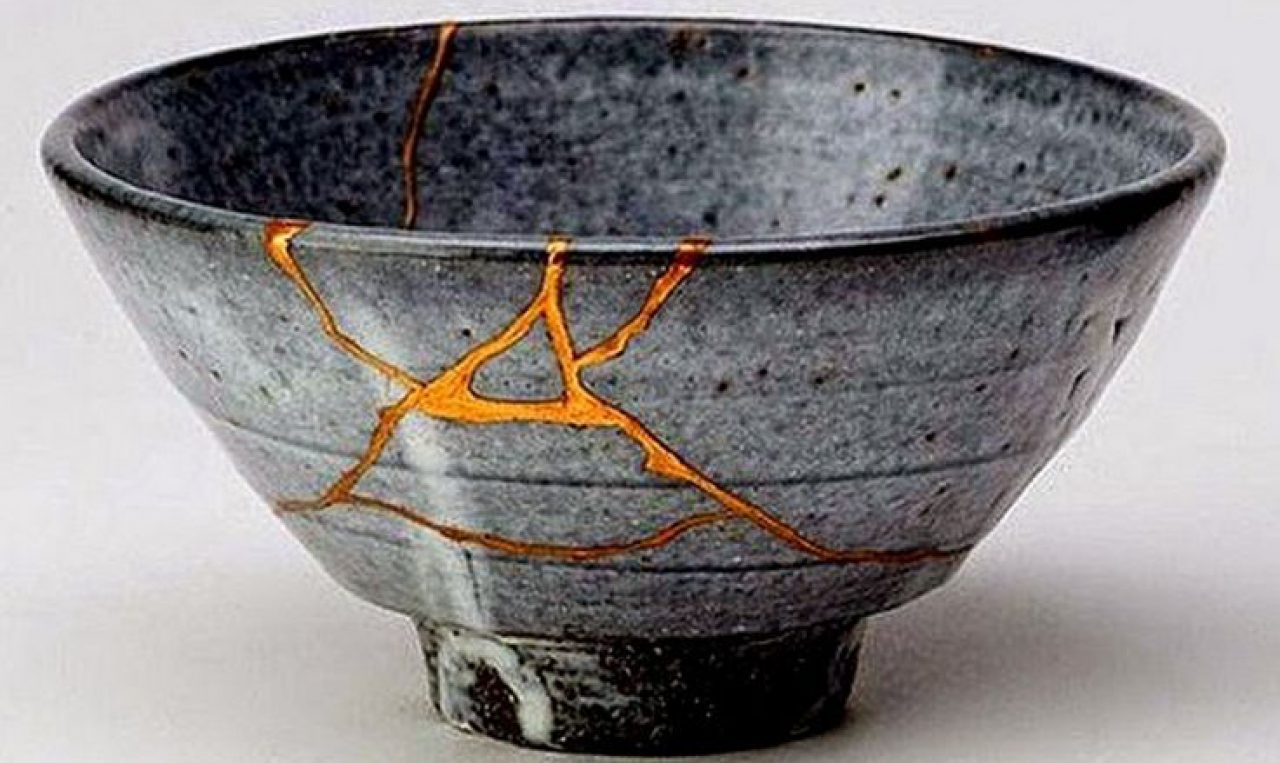A child apologized to the mother after lying to cover up having accidentally broken a window. An employee apologized to the boss after losing a client due to negligence. A husband apologized to the wife for cheating. A defendant apologized to the plaintive in court during sentencing. A company CEO apologized to the public over some scandal. In Chapter 5 of her book, In the Toolbox: Words and Money, Spelman turns her attention to the roles of apology and (monetary) reparation within the framework of “restorative justice”. Two simple words that belie the complexity of the task facing homo reparans.
indeed, Spelman went on to spend nineteen pages of her book on the first of the two “tools”. An apology may begin with a simple “I am sorry,” but that could very well be just a preamble. As she described it, “[a]n apology is an invitation to share in a ritual of repair, in a dance that takes more than one dancer. (p.85)” In offering an apology, the apologizer is expecting some sort of forgiveness, resolution of conflict, or at least a token of closure, such that both parties can put the past behind them and move on with their respective lives. Spelman suggested that a genuine apology necessitates that the apologizer must make himself vulnerable, for example by an admission of guilt. Then the mind games begin in earnest. Did the apologizer do it in the hope of escaping punishment? Did he do it because he fears even harsher repercussions? Or as Spelman might have hinted, is it possible that the apologizer is simply hoping to benefit from donning a cloak of virtue? (p. 90, p. 96)
In a sense, apologies are so common and frequent in everyday life that the words “I’m sorry” are probably as devoid of meaning as is the use of the four-letter word as an obligatory adverb. One can actually find templates of letters of apology on the internet! Very often, apologies are also employed as a defensive gambit (as in a game of chess), to forswear any intent and thus accountability. In fact, such practices are so well-known that they have begun to carry a stigma of their own. Even Shakespeare opined, “The lady doth protest too much, methinks.” When a person begins with an apology every time he opens his mouth, will anyone take his apologies seriously? Therefore, an apology sometimes runs the risk of eliciting exactly the opposite effect of what it purports to accomplish.
So an apology must first be deemed genuine before there is any hope of being considered; then there is the question of whether the apology is sufficiently commensurate with the damage it aims to address. In fact, it is not uncommon for a verbal (or written) apology to be accompanied by additional acts of contrition. As the saying goes, “action speak louder than words”. This is why money is often also found in the toolbox. In this modern global capitalistic society, money is the gold standard by which everything else, including justice, is measured. So it is not surprising that monetary reparation often come into the equation. Nonetheless, when the damage involves loss of human lives, reparation purely in monetary terms might come across as callous, undignified, or downright insulting.
In the novel “Fail Safe” (Burdick & Wheeler, 1962), after a stray strategic bomber let loose a nuclear device on the city of Moscow, the American President had to come up with a “proper” apology pronto to avoid a full-scale thermonuclear annihilation. In the end, the president asked a trusted friend to drop an atomic bomb on New York City. In real life, on various levels ranging from personal to international, “players” have to come up with measured apologies to repair broken relationships or forestall potentially dire consequences. Let’s hope that homo reparans will be resourceful enough so that the nightmarish scenarios similar to the one depicted in the novel will never materialize.
